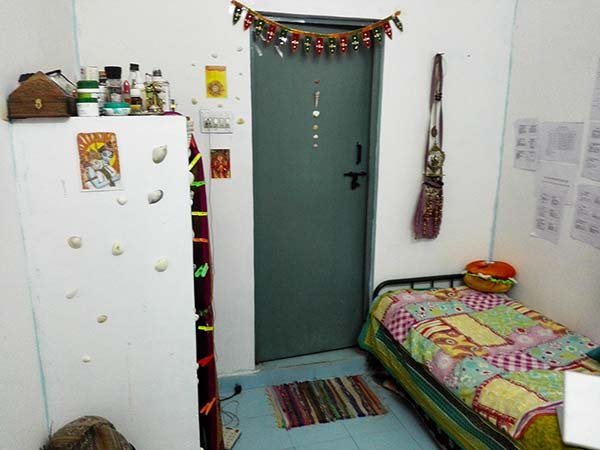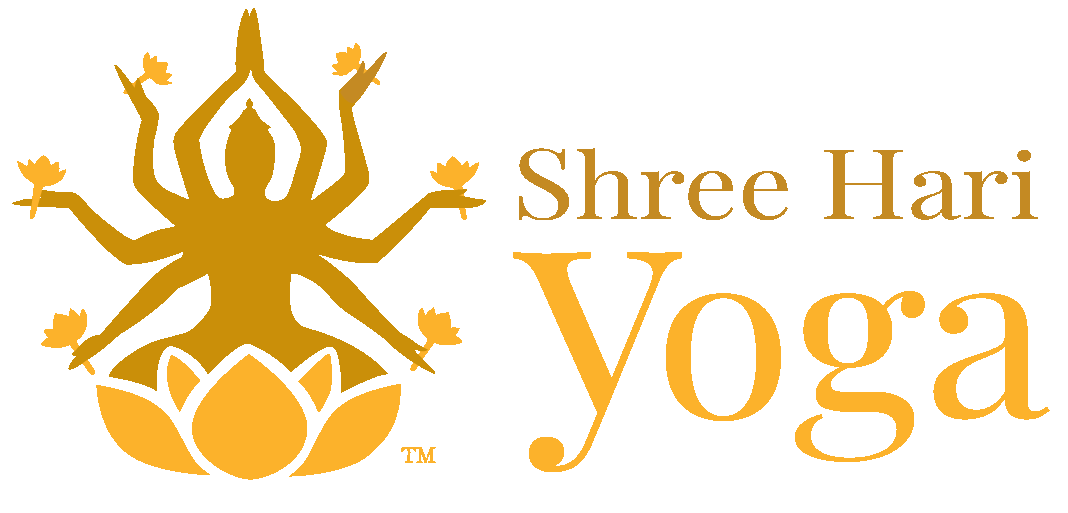
The difficulties I am facing & self-improvementOvercome Stress! Almost all Diseases because of Stress! Know which is your Stressor and REDUCE your Stress! Since 4 month I am already a Studend in Yoga Therapy at S-VYASA in Bangalore. Also I learn from my problems here, I learn how to stay calm, how to handle so many different situations and a lot about myself. I will give a tiny explaination about Yoga. What this have to do with our Health? – A lot! The parasympathetic nervous system (PNS) and sympathetic nervous system (SNS) work together to help you cope with and respond to daily life. Yoga helps to decrease the Stress in the Sympatetic NS and ballance the PNS. When The Sympatetic nervous System is more activated than the PNS, we feel stressed. Depression, Diabethes, Allergies, Migraine and many more Diseases are because of this inbalance. Here is a good Article about it wich I got from Yogajournal: Example 2 – Mark’s wife, Sue, doesn’t feel energized by stress—it exhausts her. The good news is that you can develop ways to navigate through stress so that it isn’t troubling and traumatic at every turn. When a stressor arises, you don’t have to go to extremes the way Mark and Sue do. You can learn to respond with just the right blend of inner fire and inner calm. I call this the “challenge response,” and you can develop it through your yoga practice. In fact, studies suggest that yoga may condition the nervous system to bring you into balance whether you need more calm, like Mark, or more fire, like Sue. Add to that yoga’s ability to change your mental perception of stress, and you can transform your entire experience of the dreaded “s” word. Imagine feeling capable of handling whatever life throws at you, without having to panic, overreact, or plan your exit strategy. Stress Lessons To begin changing the way you react to stress, you’ll need to understand how it typically affects the body. If your mind interprets a stressful event as an emergency threat, it triggers an immediate response in the autonomic nervous system. Your stress response kicks in and activates the sympathetic nervous system (SNS). Your body is flooded with hormones like cortisol and norepinephrine, which heighten the senses, increase heart rate and blood pressure, and focus the brain’s activity. The parasympathetic nervous system (PNS), which is responsible for physical relaxation and emotional calm, becomes overwhelmed by this sympathetic response. With the sympathetic nervous system in charge and the parasympathetic overwhelmed, you are primed to respond with energy and focus, but also with anger, anxiety, and aggression. Challenge Your Fight-or-Flight Response The alternative to a knock-down, drag-out, fight-or-flight stress response is the challenge response. The challenge response allows you to meet a stressful moment with exactly what is needed: first, the ability to see a situation clearly, and second, the skills to respond without becoming overwhelmed. If Mark could do this, he wouldn’t suffer from stress-related headaches or insomnia. And if Sue could do this, she wouldn’t feel the need to hide when things get hairy. The Heart of the Challenge There is a method for measuring how well one’s autonomic nervous system responds to everyday, nonemergency stress. It’s called heart-rate variability, and it reveals whether the SNS or the PNS is in charge of how a person responds to stress. Sue is able to relax—but only if she disengages from life’s stressors. She needs to develop the ability to get fired up enough to meet a challenge without feeling completely overwhelmed by it. A second study, done by researchers at the University of Schleswig-Holstein in Germany and published in 2007 in the journal Evidence-Based Complementary and Alternative Medicine, suggests that even a single session of yoga practice can encourage the nervous system to find flexibility and balance. Researchers hooked up 11 healthy yoga practitioners to instruments that recorded their heart-rate variability over 24 hours. During that time, participants did 60 minutes of active Iyengar Yoga poses and 30 minutes of restorative poses. Heart-rate variability increased during the yoga session, and—as in the previous study—this change was driven by the increased influence of the parasympathetic nervous system, not by changes to the sympathetic system. Tapping into Calm or Sirsasana (Headstand), are likely to cause a strong sympathetic nervous system reaction. But as you learn to hold these poses with a calm mind, focusing on the breath, the poses become a training in how to remain calm in stressful situations.” In other words, the physical challenge of a pose becomes the equivalent of a stressor. The great sage and codifier of yoga, Patanjali, must have been aware of the power At first, you will need to very consciously tap into this response during your yoga practice by focusing on your breathing and thoughts. But with enough conscious practice, the rehearsed challenge response can become an ingrained automatic response—on and off the mat. Leave your Comfort Zone Just showing up to any yoga class is not enough. If your stress style tends toward fight-or-flight, and you huff and puff your way through Power Yoga classes and leave before Savasana, you probably won’t transform your stress response. Practicing that way just makes yoga another arena where you engage in your usual stress-response style. For people who move through life in full emergency mode, the starting place to learn balance is typically Savasana. This pose teaches you how to put the usually suppressed parasympathetic nervous system in charge and give the hypercharged sympathetic nervous system a rest. Stay in your Experience For someone like Sue, who easily finds bliss in relaxation but avoids stress, developing the ability to stay present in the midst of difficult situations—but without trying to fight against or escape from them—is key. Rather than trying to hide from challenges, Sue has to learn to believe she can handle them. As Amy Weintraub, founder of LifeForce Yoga Healing Institute and the author of Yoga for Depression, puts it, “Sometimes it’s important to not simply remove ourselves from the stressful situation, but to feel it in our bodies. Acknowledge stress. Meet it. We can stay present without being controlled by it.” Find Your Fire To feel empowered to deal with stress head-on, Sue also needs backup from her nervous system. She needs more participation from the sympathetic nervous system; she needs the energy and drive that the arousing side provides. A new pilot study published in Evidence-Based Complementary and Alternative Medicine (like Ayurveda) shows that yoga may help facilitate this type of response.
Keep in mind that no matter how well you condition your nervous system, you also need to change the way you perceive stress. You can start this process by practicing svadhyaya, or self-observation. “There is a connection between how you experience a forward bend and how you react to the world,” says Elissa Cobb, a Phoenix Rising Yoga practitioner and the author of The Forgotten Body. Take Paschimottanasana (Seated Forward Bend), a pose that can produce strong sensations in even the most flexible practitioners. One common response is to ignore sensations and force yourself forward, fighting against your tight hamstrings. Another is to come out of the pose to avoid the challenge entirely. Both strategies are variations on the same theme: fight-or-flight. In all likelihood, they create tense muscles and rapid or held breathing—not to mention a total lack of joy. When it comes to transforming your own response to stress, it’s tempting to search for that one pose or breathing exercise that will work its magic. But there isn’t one magic pose. The process is a gradual exploration rather than an easy solution. “If you’re practicing yoga every day, you’re preparing for what life brings. You don’t have to have a strategy for what yoga technique you’ll use in a difficult situation.” According to Weintraub, when challenges arrive, they will begin to flow through you but not overwhelm you. “When life hits, it doesn’t explode or roll over us. We’re not so caught up in the stress of it, but we’re present for it.” STRESS MANAGEMENT AND PROMOTION M – Minimize needs and lead a simple and contentment life. Be wise in earning and spending money. |
